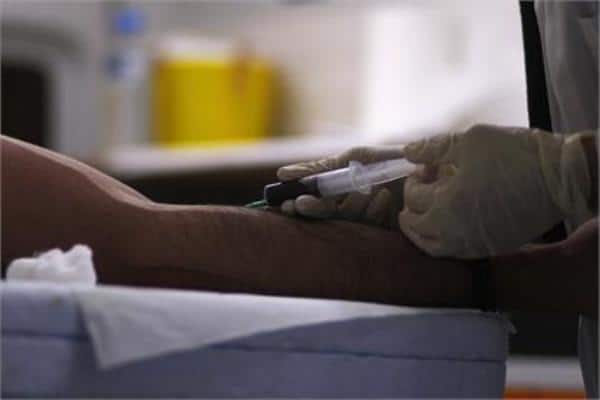Washington: A group of researchers have developed a technique that estimates an HIV-negative patient’s adherence to drugs prescribed to prevent HIV transmission during sex.
The test measures traces of antiretroviral drugs in a spot of dried blood to determine how much pre-exposure prophylactic medicine a patient has used.
Truvada, the only FDA-approved antiretroviral PrEP drug for HIV prevention, is proven more than 90 percent effective in stopping HIV transmission during sex in those using it consistently.
The assay technique provides an objective way to tell if the patients are using PrEP consistently.
Professor Pete Anderson pointed, “There’s a need to objectively measure PrEP adherence because traditional ways have not been very effective. This assay takes advantage of the long half-life of PrEP medication in red blood cells. This means the drug builds up in these cells only if the patient takes it consistently.”
The method is to spot a sample of a patient’s blood on an absorbent paper like card and send it to a lab, which isolates and measures concentrations of PrEP drugs found in dried red blood cells.
The presence of these drugs’ are measured to estimate how many doses a patient has taken over the last month or two.
Clinicians then have an objective measurement that shows if a patient is using PrEP effectively.
Studies also show that people using the PreP method are most successful when medication is used consistently.
Lane Bushman, the lab manager who developed the assay, said, “Most cell sample collections require significant effort for processing, but the dried blood spot is an easy sample collection technique. This helps with implementing the test in most settings.”
Anderson said, “This assay has been in high demand for PrEP studies. We recently helped a South African lab to develop the method to help with testing demand in that region.”
The assay is now being used in research internationally and the approach could have application for other drugs that require accurate measurement of patient adherence to dosing.
The research has been funded by National Institutes of Health. (ANI)

